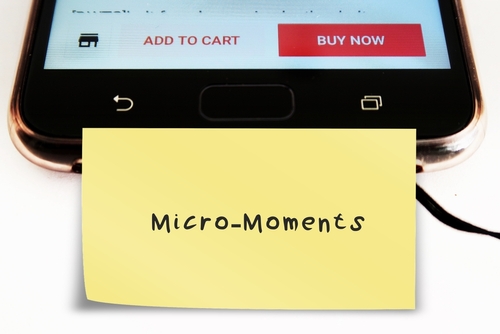
The Rise of Microinteractions: Enhancing User Engagement in Web Design
In recent years, web design has evolved from static visuals to dynamic and interactive experiences. One of the key elements driving this transformation is the rise of microinteractions. These small, subtle animations or responses to user actions can have a profound impact on user engagement and overall satisfaction.
At Blue Whale Media, we understand the significance of microinteractions in web design, and we strive to incorporate them into our clients’ websites to create a seamless and enjoyable user experience. In this blog post, we will delve into the world of microinteractions, explore their benefits, and provide tips on how to effectively incorporate them into your own website.
The Benefits of Microinteractions
Microinteractions may be small, but their impact on user engagement is immense. Here are a few key benefits of incorporating microinteractions into your web design:
- Increased User Engagement: Microinteractions provide users with instant feedback and gratification, making their interactions with your website more enjoyable and engaging. Whether it’s a subtle animation when hovering over a button or a progress bar indicating the completion of a form, these small interactions keep users actively involved.
- Improved Usability: Microinteractions can also help improve the usability of your website. For example, a loading spinner can reassure users that the page is still loading, preventing frustration and reducing bounce rates. Similarly, error messages can guide users in correcting their inputs, minimizing confusion and enhancing the overall user experience.
- Enhanced User Satisfaction: Microinteractions add a layer of delight to the user experience. Whether it’s a cute animation when clicking a button or a satisfying sound when completing a task, these small details can make users feel more satisfied and connected to your website.
Examples of Effective Microinteractions
Now that we understand the benefits of microinteractions, let’s explore some examples of how microinteractions can be effectively used in web design:
- Button Hover Animations: When a user hovers over a button, a subtle animation can be triggered, such as a change in colour or a slight movement. This adds visual feedback and encourages users to click, increasing engagement.
- Form Validation: When a user submits a form with an error, a microinteraction can be used to provide clear and concise error messages. For example, highlighting the specific field with an error and displaying a helpful message can guide users in rectifying their mistakes. This will improve contact form engagement and success rates.
- Progress Indicators: When users are waiting for a process to complete, such as file uploads or loading pages, a progress indicator can be displayed to keep them informed and engaged. This can be a simple loading bar or a creative animation, depending on the overall design aesthetic.
- Notifications and Alerts: Microinteractions can be used to notify users of important information or actions. For example, a small notification badge can appear when a new message is received, or an alert can pop up when a user tries to perform an action that requires confirmation.
Tips for Incorporating Effective Microinteractions
Now that you have seen some examples of effective microinteractions, let’s dive into some tips on how to incorporate them into your website design:
- Keep it subtle: Microinteractions should enhance, not overwhelm, the user experience. Avoid flashy animations or excessive sounds that can distract or annoy users. Instead, opt for subtle and smooth transitions that provide a seamless interaction.
- Maintain consistency: Consistency is key in web design, and microinteractions should align with your overall brand image and design language. Use the same visual cues, animations, and sounds throughout your website to create a cohesive and familiar experience.
- Test and iterate: Before implementing microinteractions on your live website, take the time to test them with a small group of users. Gather feedback and analyze their reactions to fine-tune the interactions. Continuous iteration based on user feedback will help you create more effective microinteractions.
- Consider accessibility: Remember to make your microinteractions accessible to all users, including those with disabilities. Ensure that visual cues are accompanied by clear text or alternative descriptions, and provide options for users to adjust or disable certain interactions if needed.
- Use microinteractions strategically: Determine which interactions are most important for your website and focus on enhancing those areas. For example, if you have an e-commerce website, consider adding microinteractions to the add-to-cart button or the checkout process to improve user engagement and conversion rates. Avoid adding microinteractions to every element on your website as it can lead to a cluttered and overwhelming user experience.
Conclusion
In conclusion, microinteractions play a significant role in enhancing user engagement and providing a seamless user experience in web design. By incorporating subtle and consistent interactions, testing and iterating based on user feedback, considering accessibility, and strategically using microinteractions, you can create a website that captivates users and encourages them to interact with your brand.
At Blue Whale Media, we understand the importance of microinteractions in web design. Our team of expert designers in Manchester is skilled in creating visually appealing and user-friendly websites that incorporate effective microinteractions. Contact us today to learn more about how we can help enhance your website’s user engagement through microinteractions.





